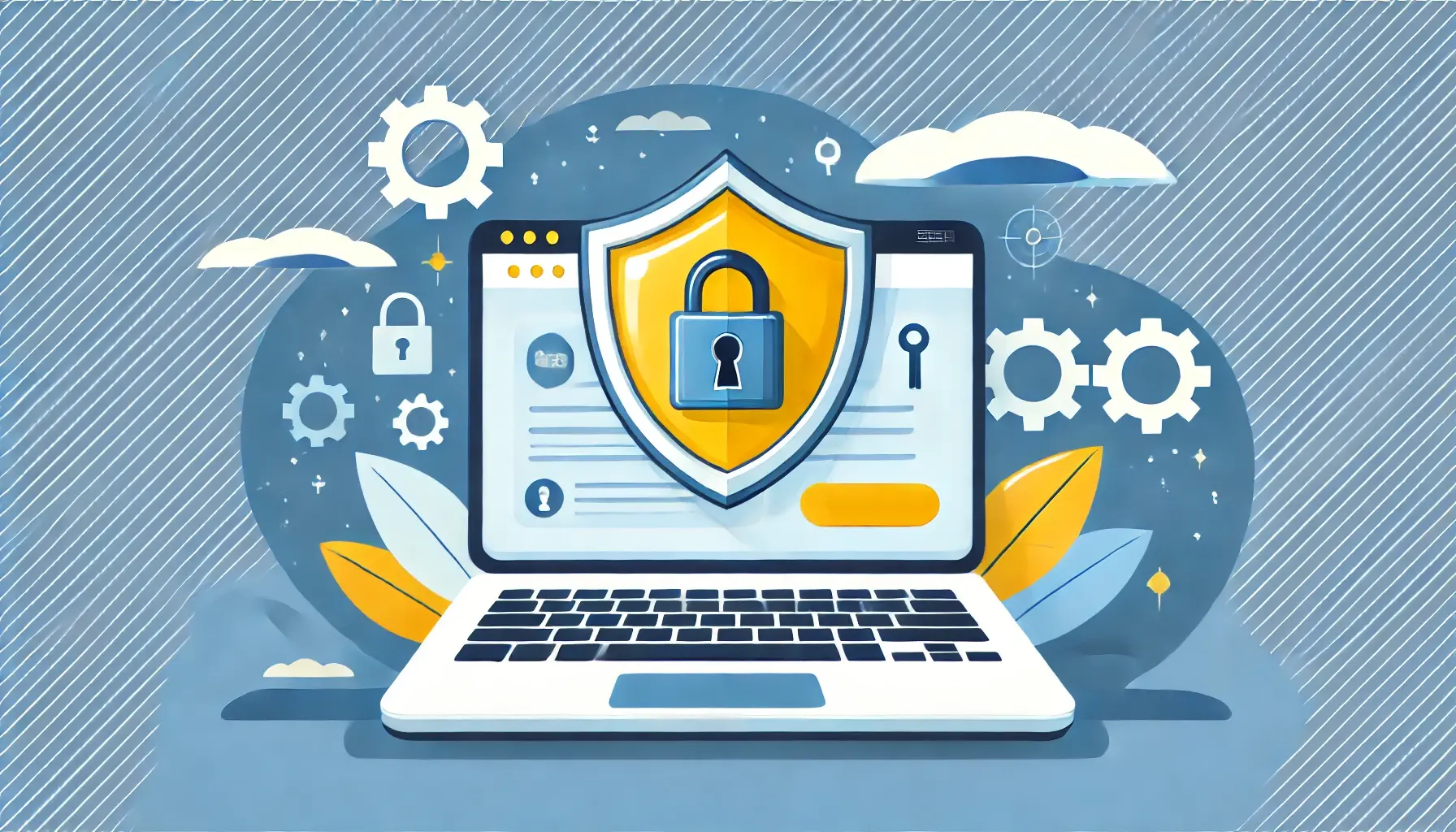How to Secure Your Domain Name from Theft and Fraud
Your domain name is an essential part of your online identity, representing your brand, business, or personal presence on the internet. Securing it from theft and fraud is crucial to maintaining control of your online property. Unfortunately, domain name theft and fraud are common issues that can cause significant damage, from losing control over your website to the potential financial implications of purchasing a stolen domain.
In this guide, we’ll explore key steps and best practices to help you secure your domain name and prevent unauthorized access or fraudulent activities.
1. Choose a Reputable Domain Registrar
The first step to protecting your domain is choosing a reliable domain registrar. A trustworthy registrar ensures that your domain registration is secure and offers features that protect your domain from theft. Look for a registrar that provides:
- ICANN accreditation: Ensure the registrar is accredited by the Internet Corporation for Assigned Names and Numbers (ICANN), which is the governing body for domain names.
- Two-factor authentication (2FA): This adds an extra layer of security to your account, requiring both your password and a second form of identification (such as a text message code).
- Domain locking options: Many registrars offer a “domain lock” feature that prevents unauthorized transfers of your domain.
Popular and reputable domain registrars include GoDaddy, Namecheap, and Google Domains.
2. Enable Domain Locking
Domain locking is one of the most effective ways to prevent domain theft. When your domain is locked, it cannot be transferred to another registrar without unlocking it first. This acts as a safeguard against unauthorized transfer requests.
Most domain registrars offer a domain locking feature, and it’s highly recommended to enable it for all your domains. Locking your domain is simple and can usually be done from your registrar’s control panel.
3. Use Two-Factor Authentication (2FA)
To further enhance the security of your domain registration, enable two-factor authentication (2FA) on your registrar account. This requires you to provide an additional verification code (often sent to your phone or email) when logging in or making changes to your domain settings.
By implementing 2FA, you add an extra layer of protection against hackers who might attempt to gain access to your account, even if they manage to crack your password. Always use a secure method of receiving the 2FA code, such as an authentication app (e.g., Google Authenticator) or text message, rather than relying on email, which is more vulnerable to hacking.

4. Keep Your Domain Registration Information Private
Your domain registration information is public by default in the WHOIS database, making it easy for cybercriminals to target your domain. To protect your privacy and prevent potential threats, opt for WHOIS privacy protection (also known as domain privacy). This service hides your personal contact information from the public WHOIS database and replaces it with the registrar’s contact details.
By keeping your personal details private, you reduce the chances of domain hijackers using publicly available information to launch phishing attacks or social engineering scams.
5. Monitor Domain Expiration Dates
It’s easy to forget about renewing your domain name, especially if it’s been a while since you registered it. However, letting your domain registration expire can leave it vulnerable to theft. Hackers often monitor expiring domains and attempt to register them once the original owner fails to renew them.
To avoid this risk, set automatic renewal for your domain, so it renews automatically before it expires. Additionally, set up reminders for your domain’s expiration date, and always double-check that your payment details are up to date with your registrar.
6. Use a Strong, Unique Password
A strong password is one of the simplest but most effective ways to prevent unauthorized access to your domain account. Avoid using common passwords or variations of easily guessable information. Instead, create a long, complex password using a mix of uppercase and lowercase letters, numbers, and symbols.
Consider using a password manager to store and generate secure passwords, so you don’t have to rely on memory alone. If possible, use a unique password for your domain registrar account that is different from your other online accounts.
7. Be Cautious with Domain Transfers
When transferring a domain to a new registrar, be extra cautious to avoid domain fraud. Always ensure that:
- The transfer process is legitimate: Double-check any transfer requests and make sure they are coming from a trusted source. Scammers may attempt to trick you into transferring your domain to them.
- Use domain transfer protection: Many registrars offer transfer locks to prevent unauthorized transfers, so make sure to enable this feature when initiating a transfer.
When transferring your domain, it’s best to do so from a secured account and ensure that all the necessary security measures (like 2FA) are in place.
8. Monitor Your Domain Regularly
Regularly monitor your domain for any unusual activity. Set up alerts with your domain registrar to notify you if there are any changes to your domain, such as a transfer request or changes in contact information. Additionally, consider using a domain monitoring service that tracks any changes to your domain or similar domain names to detect potential fraud or cybercrime activities early.
Monitoring your domain name is essential for staying on top of potential threats and making sure your domain remains secure.
9. Avoid Phishing Scams
Phishing scams are a common method used by cybercriminals to gain access to your domain registrar account. Scammers often impersonate legitimate companies, such as your registrar, and send fraudulent emails or messages asking you to update your account information or click on malicious links.
To avoid falling for phishing scams:
- Verify email senders: Always check the sender’s email address carefully before clicking on any links or opening attachments.
- Don’t share sensitive information: Never share your password or security codes via email or on untrusted websites.
- Enable spam filters: Set up strong spam filters to block phishing emails before they reach your inbox.
10. Secure Your Website with SSL
While SSL (Secure Sockets Layer) certificates are typically associated with website security, they can also indirectly help protect your domain name. An SSL certificate encrypts the data between your website and visitors, preventing attackers from intercepting sensitive information.
Additionally, a secure website instills trust in users, making them more likely to interact with your brand. This trust can also help deter attackers who are looking for vulnerable websites or domains to exploit.
Conclusion
Securing your domain name from theft and fraud requires a multi-layered approach, including selecting a reputable registrar, enabling domain locking, using strong passwords, and monitoring your account regularly. By following these best practices, you can protect your valuable online property from unauthorized access, cybercrime, and potential financial losses.
Remember, your domain name is a crucial asset for your online presence, so it’s important to take proactive steps to safeguard it from threats. Stay vigilant, implement robust security measures, and always stay informed about the latest domain protection techniques.



